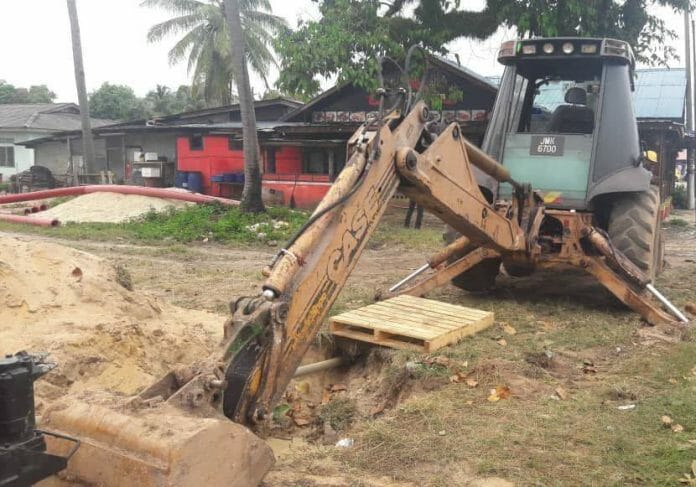The pandemic has shown us many things, among the most glaring is how we are not ready to be a fully digital society. Despite our mobile coverage hitting 140% and internet penetration at 94.5% according to Statista, Malaysia is poorly severed in the rural and outskirts in terms of broadband coverage.
Telecommunications companies have been taking their sweet time in ensuring these blackout zones receive coverage, due to commercial reasons there was no emphasis on getting connectivity to people living in these places. When Covid-19 hit our shores and the government implementing the Movement Control Order, many of the everyday services including education was moved online, it was during this time when the shock reality came, this was when thousands of students being stranded lacking connectivity and many sectors unable to function due to no internet coverage in their area!
With the recently concluded, first ASEAN Digital Ministers’ Meeting which has the ASEAN Digital Masterplan 2025, the point raised was to coordinate a regional digital masterplan, which will see the nations come together in uplifting its digital enablement cohesively and reach a common status by 2025. The idea is noble and could not have come at a better time, especially during these period of uncertainty where more and more the need for connectivity and digital adoption is proving to be a saving grace for many economies.
However, it needs to pointed out the notion of a common connectivity status where all the ASEAN countries have gigabit speeds and 100% of its inhibited land having coverage will depend exclusively on its broadband expansion initiatives. Private operators are commercial driven, they will not invest millions into infrastructure, building towers and satellite for areas that have less than 10 houses. In Malaysia, MCMC has the USP fund which can be utilised for purposes of this nature, in fact the JENDELA program is based on the premise of a broad based coverage of 4G leaving no household behind but do the rest of the regional countries have such programs?
According to the masterplan, there are eight Desired Outcomes that is supposed to propel the regional grouping to be a leading digital community and economic bloc. Chairing the meeting Communications and Multimedia Minister Datuk Saifuddin Abdullah, listed them as getting ASEAN quickly recover from COvid-19, increase in the quality and coverage of fixed and mobile broadband infrastructure, the delivery of trusted digital services and prevention of consumer harm, a sustainable competitive market for the supply of digital services, increase in the quality and use of e-government services, digital services to connect businesses and facilitate cross-border trade, increased capacity of businesses and people to participate in the digital economy and a digitally inclusive society in ASEAN.
He also noted that while the equal emphasis will be placed on desired outcomes, arising from the discussion with the rest of the regional Ministers, the increase in the quality and coverage of Fixed and Mobile Broadband Infrastructure was identified as critical as it forms the underlying foundation over which digital services will be ultimately delivered.
“This topped the priority list, followed by the cybersecurity issue as almost every ASEAN member state spoke about strengthening cybersecurity,” he said.
High speed internet connectivity should be regarded as the 3rd essential utility after water and electricity and no one should be abstained from it, governments should take more effort to ensure this objective is met. The world is at the cusp of the next industrial revolution, AI, automation, smart solutions, cloud computing, internet of things, big data, machine to machine learning will be the new economy encompassing everything we do, from commuting to the food we eat. There is no time to wait!
So here’s what we would like to see in 2025, all countries in the ASEAN block is operating on 5G including its citizens, cross border trade reaches a new milestone with most of the documentation and approval done digitally, governments no longer have payment counters, eKYC or other forms of digital signature replaces physical signing of legal documents which in return, bring corruption down and eliminate the many unwanted layers of bureaucracy.
The pandemic was a wake up call, lets not wait for another to fix the things we know is failing.
(ADGMIN1, held for the first time with Malaysia as the host, aimed to strengthen cooperation between ASEAN countries towards building digital ecosystems as a pillar of post-COVID-19 development plans.)









